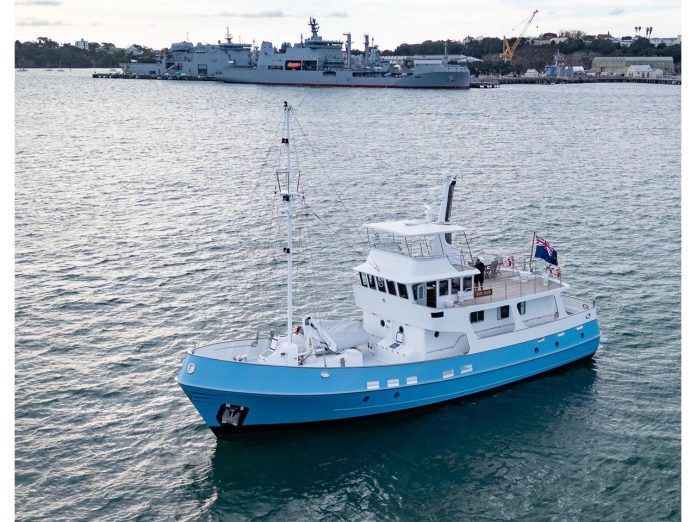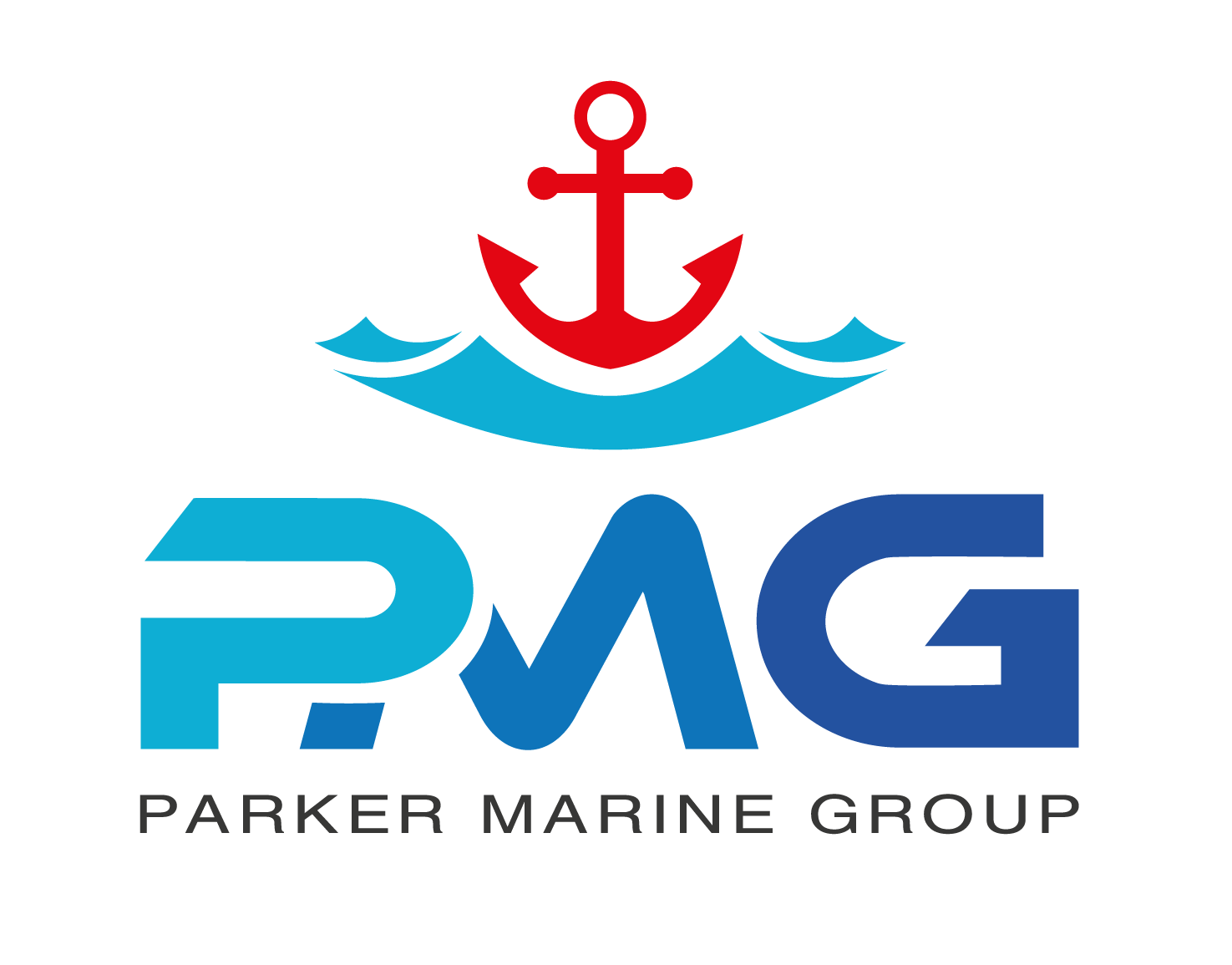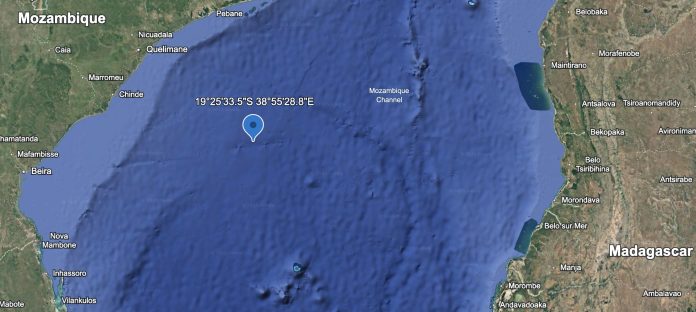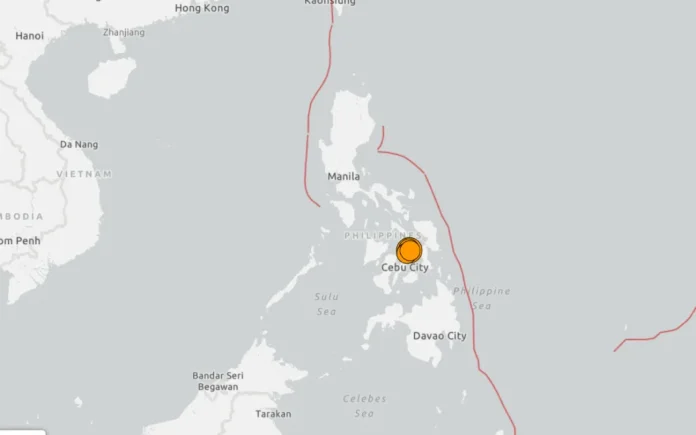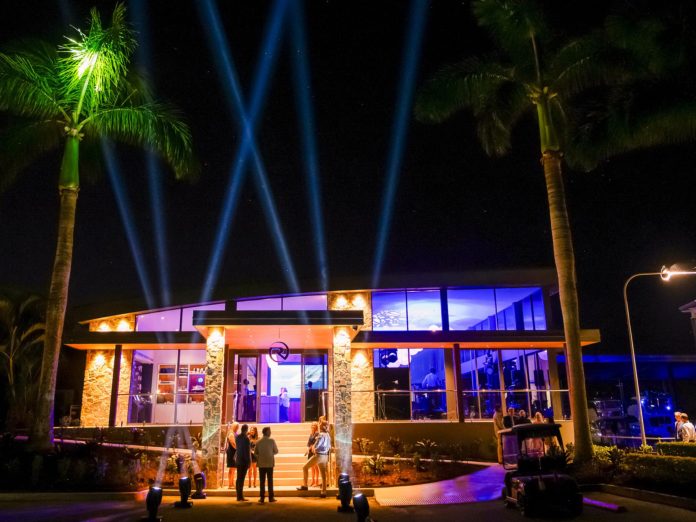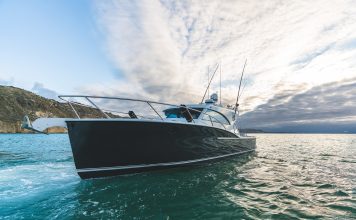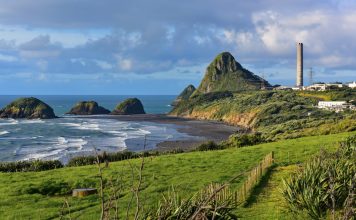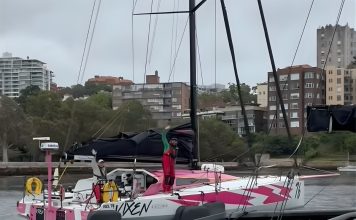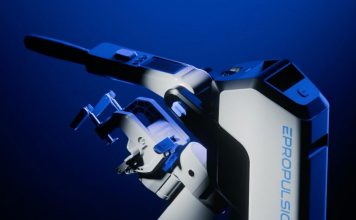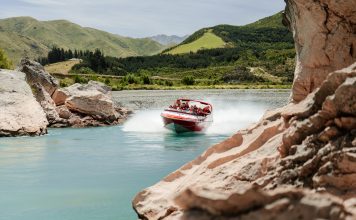A luxury trawler blends function with comfort, offering the range and seaworthiness of a working vessel with the liveability and styling of a cruising home. Designed for people who prioritise distance over speed, these boats are ideal for long-range passage-making, liveaboard lifestyles, and remote exploration. Whether full displacement or semi-displacement, trawler yachts are generally built to go slow, stay stable, and keep going when the weather turns.
But there’s more to the story—let’s dig into what sets these vessels apart, and why they’re gaining traction among modern boat designers.
Where it all began: from trawlers to trawler yachts
The term “trawler” originates from fishing boats that towed trawl nets—robust, fuel-efficient vessels made for long periods at sea. As recreational cruising grew in popularity, boatbuilders began stripping away the gear and building spacious interiors while retaining the efficiency and seaworthiness of the original hulls. The result: a power vessel purpose-built for the cruising lifestyle.
Not all trawlers look like workboats anymore, but many still retain that heritage in their functionality—reverse windows, walkaround decks, Portuguese bridges, cranes for tenders, and pilothouses.
Trawler types: more than one style
The trawler category now includes a wide range of styles:
- Cruising Trawlers: The standard bearer—typically 30 to 80+ feet with displacement or semi-displacement hulls, spacious layouts, and long range. The Beneteau Swift Trawler series provides fine examples of cruising trawlers which feature semi-displacement hulls. This design allows them to achieve a balance between fuel-efficient displacement speeds and the ability to reach higher speeds when desired—up to 20 knots in some models. The Swift Trawler 37 Sedan and 48, in particular, are popular with owner-operators seeking long weekend escapes or full-time liveaboard capability. With generous flybridges, well-appointed interiors, and proven range, they represent the modern evolution of the traditional trawler in both function and form.

- Pilothouse Trawlers: Elevated helm stations with 360° visibility—great for passagemaking. Te Whare V, which we recently featured in Boating New Zealand, is a prime example of a modern take on the pilothouse trawler. Built with long-range cruising in mind, it combines traditional trawler functionality with contemporary styling, advanced navigation systems, and a spacious, climate-controlled interior. With its robust build, comfortable liveaboard layout, and elevated command centre, Te Whare V is purpose-built for bluewater voyaging with confidence.
- Slow-Fasts: Also known as “slo-fasts,” these modern trawlers can plane when needed. They’re faster but less efficient at displacement speeds. The Beneteau Grand Trawler 62 is a prime example—designed with a full-displacement hull optimised for extended range at lower speeds, but with enough horsepower to push into semi-planing mode when conditions demand. With spacious living areas, multiple entertainment zones, and fuel-efficient twin diesels, it’s built for owners who value both comfort and versatility on long bluewater passages or coastal explorations.
- Trawler Tugs: Styled like classic tugboats, these boats have a nostalgic look with real trawler function. Ranger Tugs are a brand known for their “pocket yachts,” particularly their trailerable models, design for comfortable cruising and exploring coastal waters and waterways. They are characterised by their classic tugboat aesthetics combined with modern amenities and innovative designs. Ranger Tugs offers a range of models from 23 to 43 feet, with several models designed for trailering.
- Trawler Yachts: Over 60 feet and fully fitted out for luxurious long-term living and transoceanic range. As an example, the Grand Banks 60 is a recreational trawler with a Downeast-style twist—blending traditional lines with modern performance. It features a semi-displacement hull for efficient cruising, expansive indoor-outdoor living spaces, and advanced stabilisation systems for comfort underway. With generous fuel capacity and a full-beam master suite, it’s designed for serious passagemaking without sacrificing the comforts of home.

Some outlier models like Ranger Tugs start as small as 23 feet and run on outboards, but still offer self-contained living and long-range ability—stretching the category, but not breaking it.
Long-range capability
True to their heritage, trawlers excel in range. With fuel-efficient diesel engines, large tanks, and slow cruising speeds (typically 7–10 knots), many can travel thousands of nautical miles between refuelling. Brands like Nordhavn (which specialise in luxury trawlers) have perfected this, with models like the 41 offering up to 900 gallons (3407 L) of fuel and transatlantic range.
Semi-displacement designs, like those from Beneteau or Grand Banks, offer more speed (20–30 knots) while still preserving good efficiency at slower cruise speeds. Twin engines offer redundancy; single engines deliver simplicity. Some owners retrofit extra tanks and modify balance to extend cruising range even further.
Liveaboard comfort that works
Luxury on a trawler isn’t always obvious at first glance—but it’s there in every tactile detail. Think hand-finished timber joinery, leather-wrapped grab rails, acoustic insulation, and panoramic glazing that fills the saloon with natural light. And they age well; even after several years, this 2018 Grand Banks GB60 continues to impress with its well-preserved, high-quality interior.
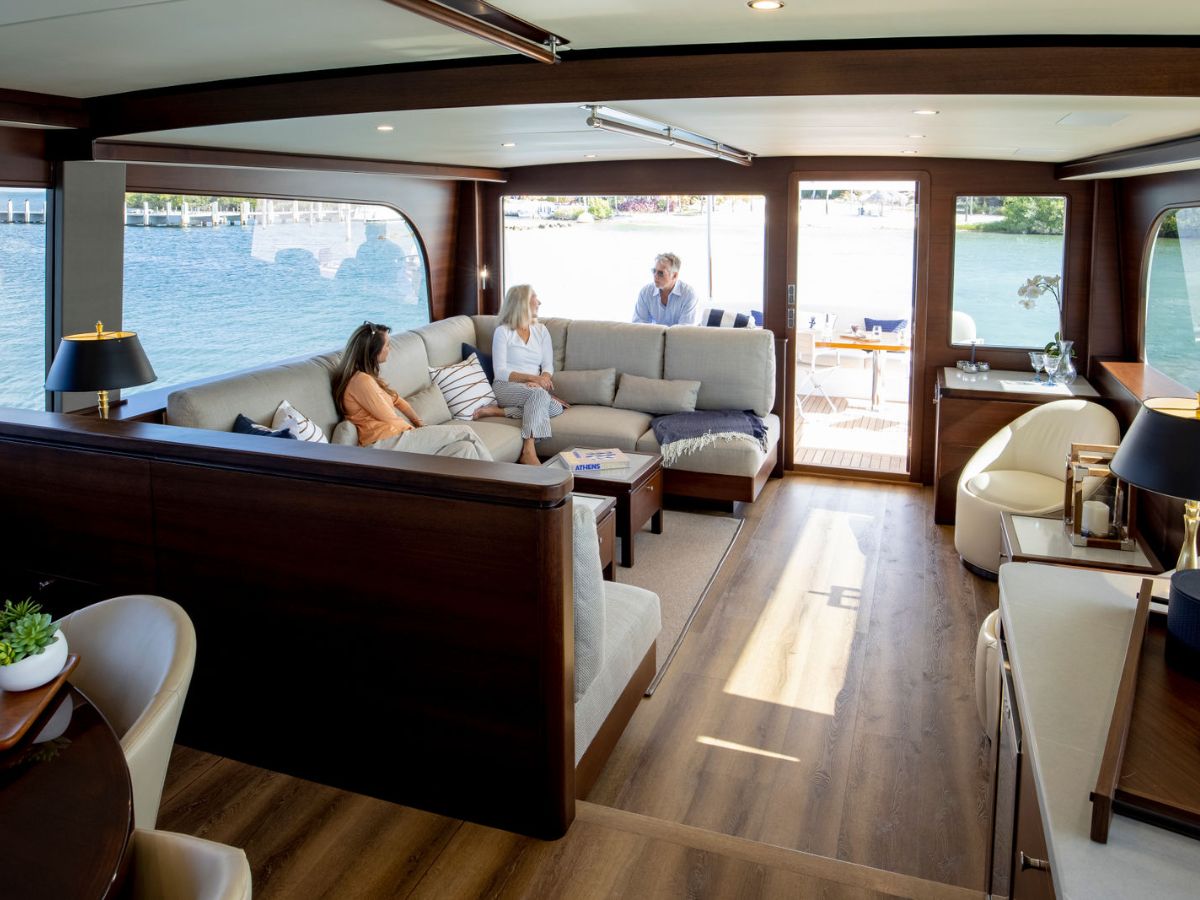
High-end builders like Fleming, Marlow, and Grand Banks prioritise silence—suspending saloon floors to reduce engine noise, isolating HVAC systems from living spaces, and soft-mounting pumps and compressors. Ergonomics are carefully tuned for long-term use: galley counters are at standing height, helm chairs support full watch rotations, and heads feature deep sinks and rainfall showers.

Galley standards are often superior to same-sized cruisers—four-burner stoves, large refrigeration, full ovens. Climate control is critical too: air con for the tropics, diesel heating for colder waters like Fiordland or the Marlborough Sounds.
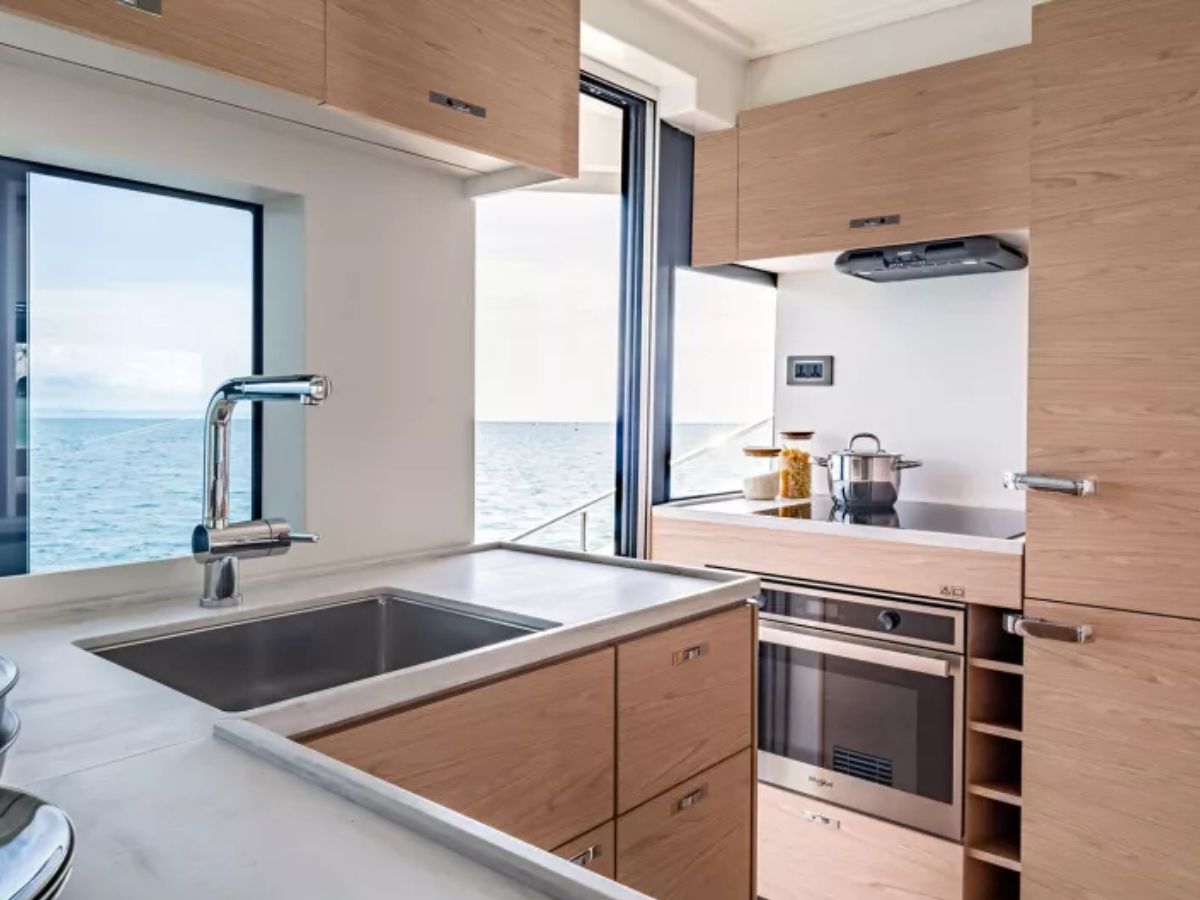
Storage, too, is a mark of luxury—dedicated lockers for shoes, wet gear, and spares make life aboard easier and more civilised.
Power systems are key. Most trawlers come with a generator, and many now use LiFePO4 battery banks with inverters to reduce reliance on fuel-powered generators.
Seaworthiness and stability
Trawler yachts are built to take rough weather in stride. Deep keels, high bows, and wide beams enhance stability and tracking. Most bluewater models carry a CE Category A (Ocean) rating, meaning they can handle offshore passages across the Tasman or Pacific.
Stabilisation matters—especially at anchor or in beam seas. Older trawlers may lack stabilisers and be uncomfortable for sensitive passengers. Today, most trawler yachts come with active fin or gyro stabilisers. That’s essential for slow-speed comfort. Some trawler buyers are drawn less by speed, and more by the superior ride of a planing hull in unsettled conditions.
Function over form: a workboat legacy
While styling varies, the best trawler yachts still follow workboat principles. Deck cranes, tender storage, easy engine access, and safe walkarounds are built in because they serve a purpose—not because they look good. Form follows function.
Designers like Art DeFever and Jeff Leishman pioneered this ethos. Boats like the Nordhavn 62 or Defever 64 are purpose-built to cruise, not pose. Today’s Fleming, Marlow, and Grand Banks yachts evolved directly from this lineage—carrying forward that focus on range, reliability, and ride.
Even Euro-styled models like the Azimut Magellano or Garcia combine sharp lines with serious seakeeping—proving that good design and practicality aren’t mutually exclusive.
Owning a luxury trawler is a dream for many, but there are realities to face. Annual maintenance costs for a 50- to 70-foot trawler can range from NZD $20,000 to $70,000 depending on usage, systems, and location.
Fuel isn’t the biggest expense—slower speeds mean lower burn rates—but insurance, haul-outs, spare parts, and professional servicing add up. Stabiliser maintenance alone can run thousands per year.
Then there’s the time commitment. These boats are meant to be used and maintained regularly. Owners say the secret is not just affording the boat—but embracing the lifestyle. As one puts it:
“If you don’t love the maintenance side of it, hire someone—or get a smaller boat.”
Safety, redundancy, and ease of use
Luxury trawlers are typically built with redundancy in mind. Expect dual autopilots, backup navigation, fuel polishing systems, and accessible engine rooms. Some have watertight bulkheads and crash pumps.
Ease of handling is also a focus—especially at low speed. Bow and stern thrusters come standard on many models, making tight marina turns or crosswind docking more manageable, even solo.
Most luxury trawlers are designed to be operated by a couple. Technologies like joystick control, remote docking systems, and thrusters at both ends of the boat make tight marina turns possible even solo.
Grand Banks GT60: A masterpiece of luxury and performance for New Zealand waters
Some brands, like Nordhavn and Grand Banks, offer helm automation that integrates chartplotters, radar, and engine controls into a single touchscreen interface. Owners can monitor bilge levels, battery health, and fuel flow without leaving the helm.
Wireless MOB (Man Overboard) alarms and integrated CCTV also support solo or night-time passages, giving added peace of mind when help is hours—or days—away.
A slow-cruising lifestyle
More than a category of boats, “trawler” describes a mindset. It’s the sailor’s cruising lifestyle, adapted to power. The goal isn’t to race between destinations—it’s to stay longer, go farther, and live comfortably the whole way.
Most owners are seasoned boaters, couples or retirees, ready to downshift from the stress of planing boats or rigs. They want self-sufficiency. They want space. They want the ability to anchor somewhere remote and stay there for a while—with all the comforts of home and none of the rush.
Popular trawlers in New Zealand and Australia
Several popular trawler models are available in New Zealand and Australia. Beneteau’s Swift Trawler series—particularly the 35, 41, and 48—are well-regarded for their comfortable, efficient cruising capabilities. Grand Banks offers high-end options such as the Grand Banks 60, designed for long-range cruising with luxurious interiors.
Nordhavn remains a dominant name, with rugged models like the Nordhavn 475 and 60 offering serious bluewater range and reliability. Australian builders also contribute to the market, with Halvorsen known for its classic, sturdy builds and Rob Legg Yachts offering quality motor yachts with trawler features.
As of now, Tradeaboat.co.nz lists two trawler-style vessels for sale:
2002 WATSON 72 “Big Bud” – Located in Auckland and listed at NZD $2.3 million. Built of 8mm BV-approved steel and refitted in 2005 and 2021, this expedition motor yacht boasts a 43,000-litre fuel capacity, 7000nm range, Cummins 14NM engine, and full ocean-going gear including Furuno Navnet systems and storm-rated construction.

1955 TRAWLER 13M CLASSIC “Santa Maria” – Listed at NZD $135,000. Built for Cook Strait fishing by Curnow and Wilton, she’s now a classic timber liveaboard with a Gardiner engine, 8-knot cruise, spacious saloon, separate head, and a storied New Zealand history.
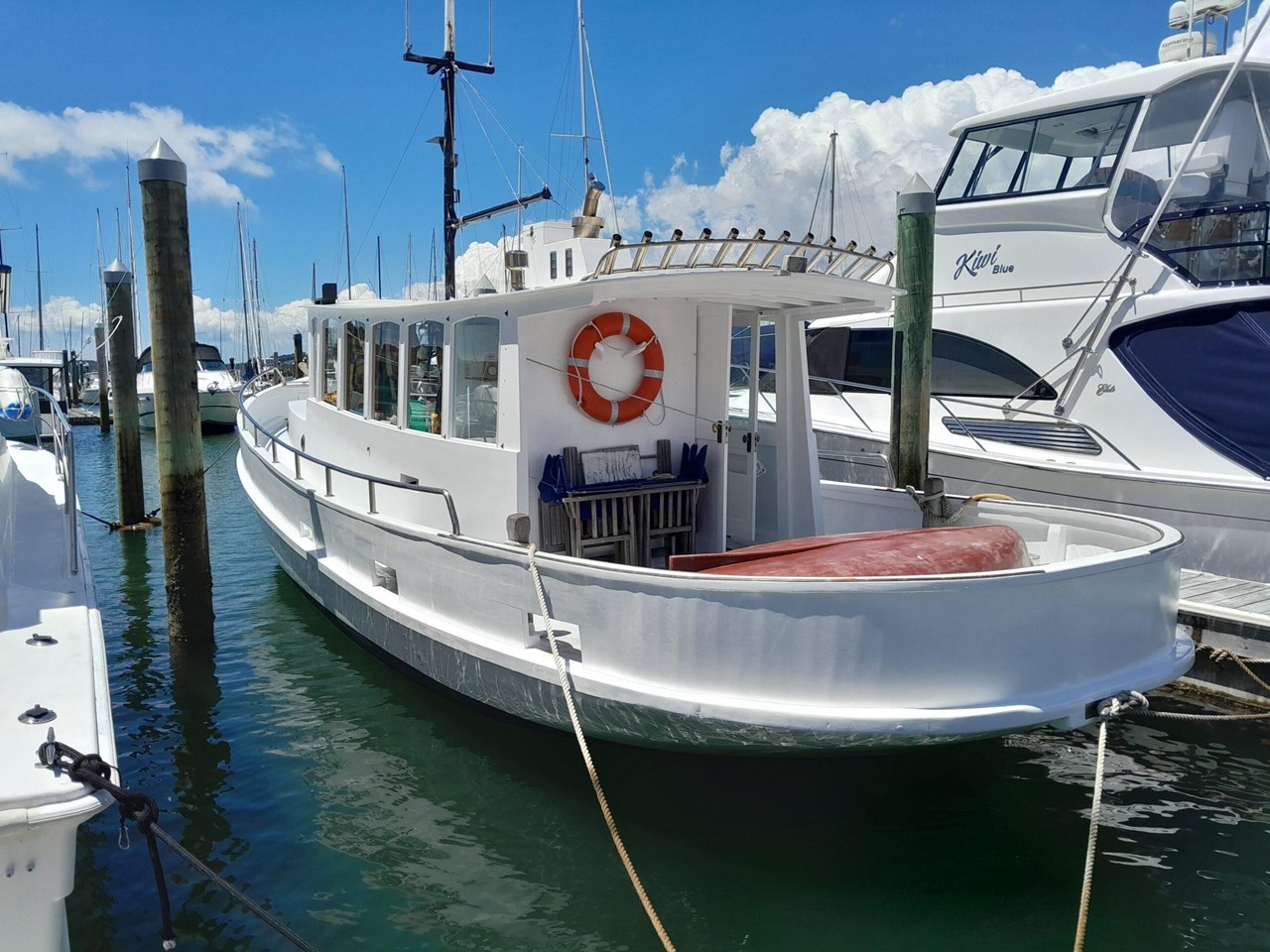
These listings show the breadth of the market—from heritage vessels to expedition-class cruisers—available for New Zealanders interested in the trawler lifestyle.
The right boat for the right cruising life
A luxury trawler isn’t defined by hull speed, aesthetics, or even its size. It’s defined by its ability to go the distance, handle open water, and keep you comfortable for the long haul. Whether that means crossing oceans or exploring remote anchorages around New Zealand’s coast, the trawler offers a compelling mix of self-reliance, safety, and smart design.
Inside knowledge from trawler owners
Many owners say doing laundry at sea makes a bigger difference than you’d expect. A common tip? Opt for a full-size washer-dryer over a compact combo unit.
Other owners swear by having dual inverter banks and dedicated refrigeration circuits, noting it saves them from running the genset at anchor. Owners also warn that “range anxiety” doesn’t disappear—many retrofit extra fuel tanks and invest in fuel polishing to guarantee reliability during extended runs.
Gone to the dark side: Our journey from sail to power – part 2
For many Kiwi cruisers, especially those transitioning from sail, the trawler yacht is the natural next step. Whether you favour a displacement Nordhavn or a semi-planing Grand Banks, it’s less about the brand—and more about the lifestyle. If that lifestyle speaks to you, there’s a trawler yacht out there ready to take you farther, slower, and in more comfort than you might have thought possible.








